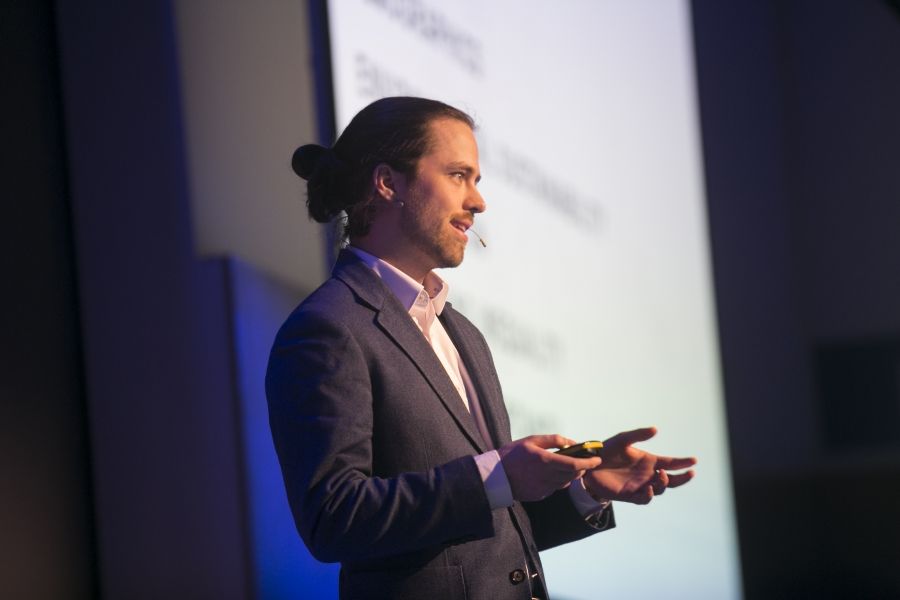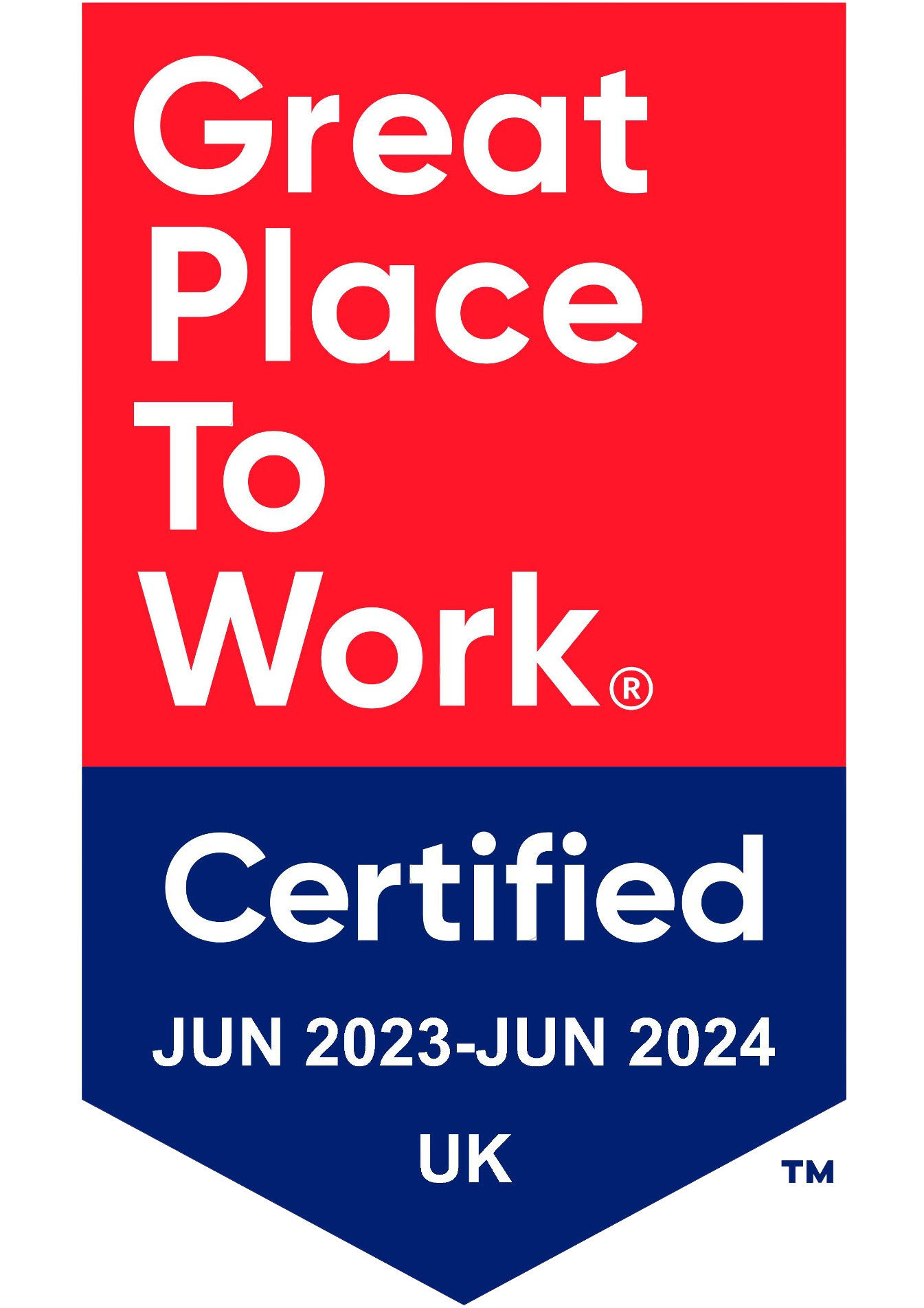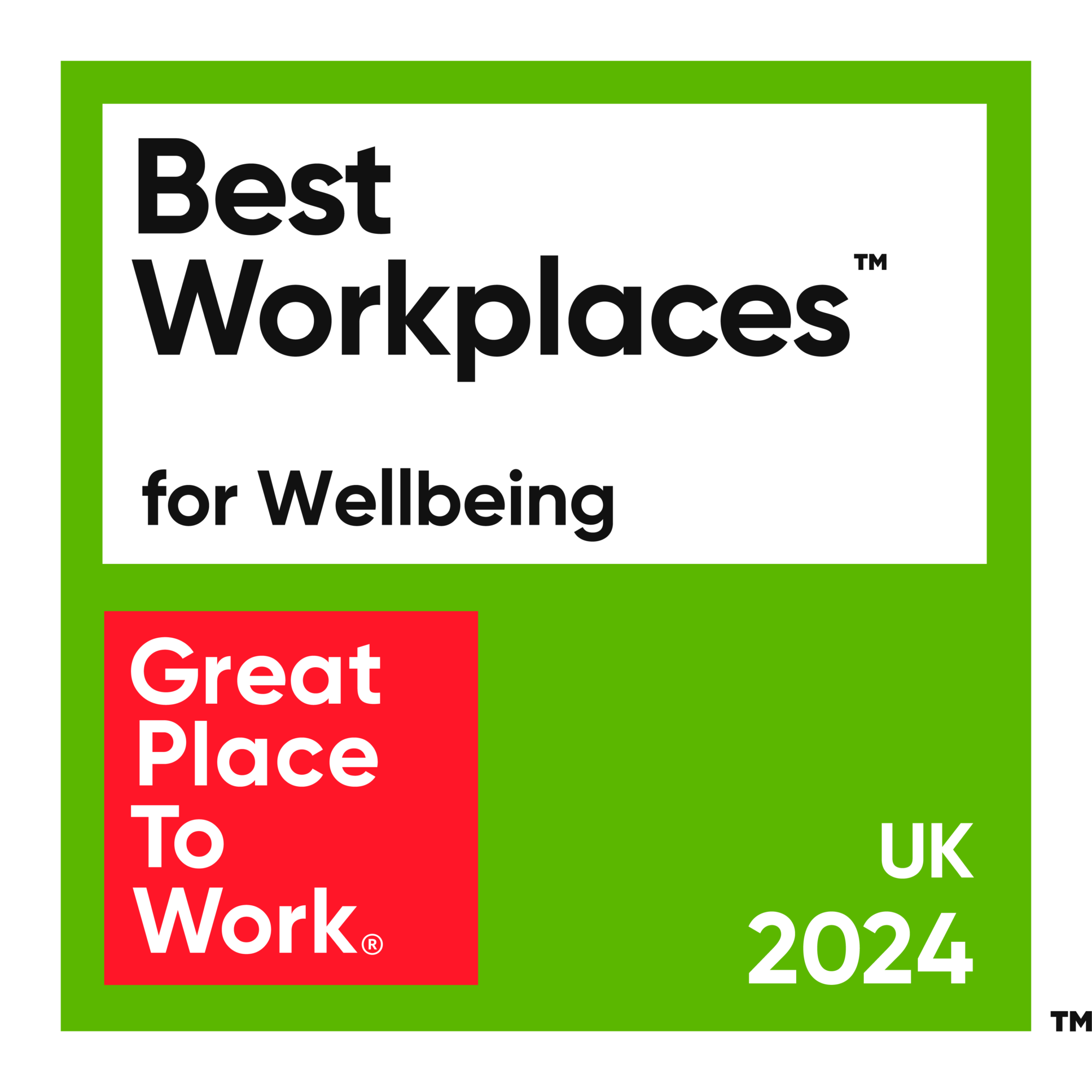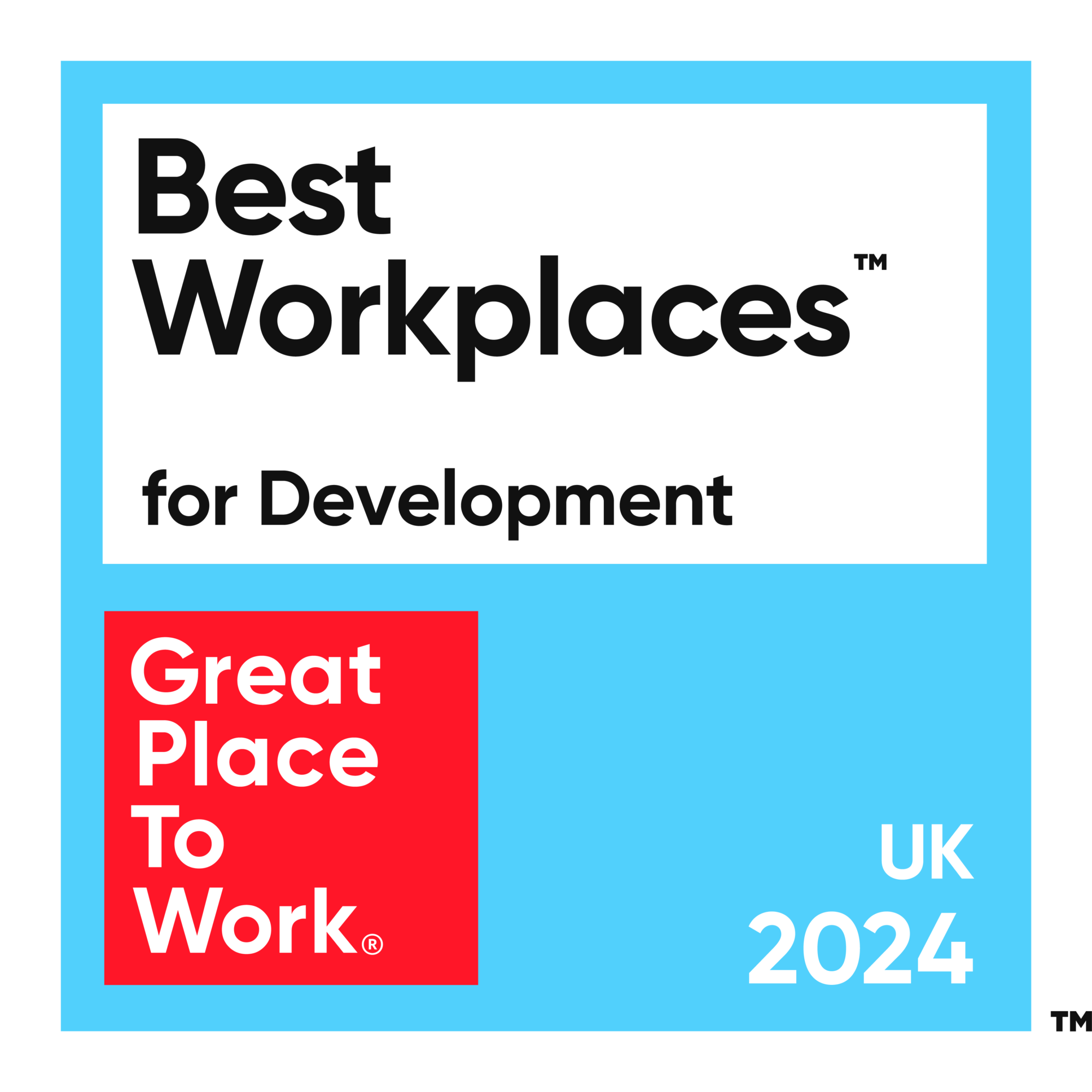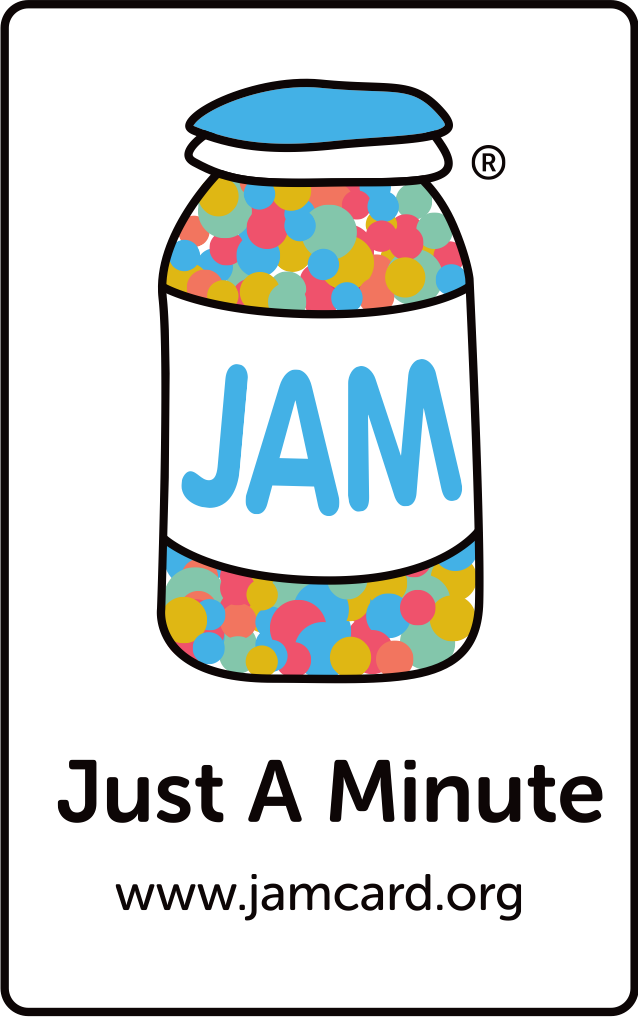Silicon Valley’s creative process, design thinking, uncovers gems in NI schools
Patricia Flanagan is an expert in Design Thinking, having been introduced to the methodology in Stanford University’s d.school. She’s now spreading the […]
April 16, 2018
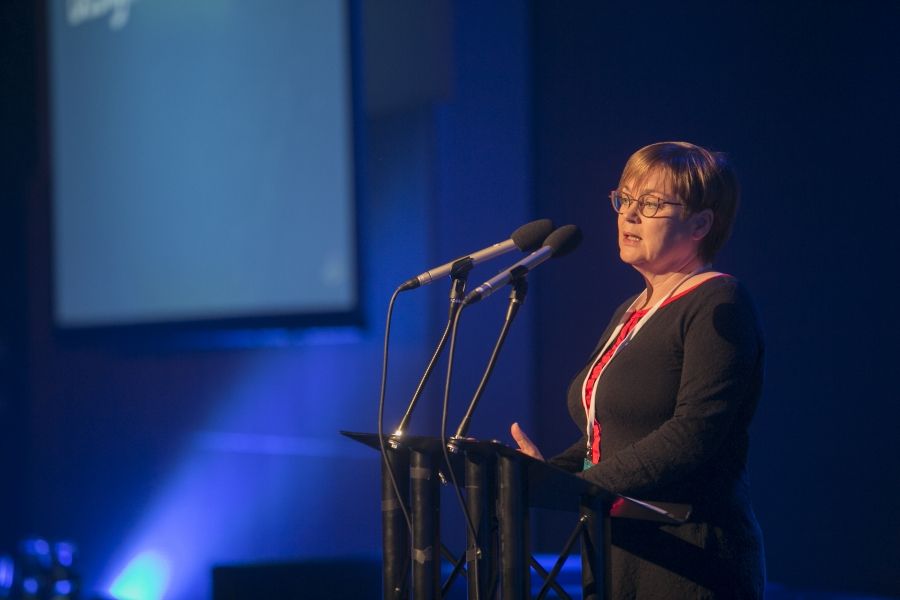
Patricia Flanagan is an expert in Design Thinking, having been introduced to the methodology in Stanford University’s d.school. She’s now spreading the message around Northern Irish businesses and schools. I wanted to go behind this fad, to see what deeper meaning it can have for educating our young people.
“Design thinking is essentially an approach to solving problems – which allows everybody, for the time that they’re engaged in the process, to build their own confidence in themselves as a creative thinker,” said Patricia. “It’s about finding innovative solutions. No idea is bad in this process.”
Apple has long been considered a pioneer at making design the very heart of its business – rather than an afterthought. It’s hard to argue with a success trajectory that’s built Apple into the 9th largest business in the world, by revenue. Design thinking flourished for decades in the creative arts, and is now used extensively in the commercial world.
Patricia notes, “Product Designers, Filmmakers, artists and architects used this process for years, but then a company called IDEO realised that this approach could be used in lots of different industries.”
She explains that design thinking isn’t one thing – it’s two things: “Both a mindset and a process.”
The five stage process of design thinking:
- Empathy – where you really get into the mindset of the user that you’re designing for – trying to “walk in their shoes,” Patricia explains
- Defining the problem – Or, “gathering insights from their perspective to ensure you’re solving the right problem”
- Ideation – “This is when we allow divergent and convergent thinking without restriction – generating lots of creative ideas.” It’s important to note, at this stage, no idea is a bad idea!
- Prototype – Narrow ideas down to what Patricia says is “realisable and actual.” Creating a prototype cheaply and without expense so you can test it with the end user
- Test your prototype and loop back
Patricia says that attitude is hugely important to the process. “Being very curious, optimistic, happy to deal with ambiguity, be prepared to have a go,” she says.
Here in Northern Ireland, Patricia has deployed the approach with 11-year olds through a programme by Work West, at CBS Glen Road for boys and St Louise’s Comprehensive College for girls.
Patricia says, “First year students are at a wonderful age for this. They don’t have to be ‘cool’ yet. Our 9-week programme is called Thinc Schools, encouraging them to think creatively.”
“Firstly we run through the five-stage process quickly, where they had the chance to design a toy – this was a high energy session.”
She continued, “The next stage was to gather insights about their school – and they were divided into teams of ideally around 6 students. They learned to listen to each other, talk to each other, find out what it’s like for others – what are the things they felt could be improved at school for them.”
What sort of feedback came from this?
Patricia said, “The toilets – they disliked. They said the school food wasn’t great – there was a lack of play space – it bothered them that the school uniform isn’t waterproof – and finally, and importantly, they have limited access to drinking water.”
She says, “We distilled that feedback down to define the problem – turning these statements into “How might we” statements.”
‘How might we give students easy access to drinking water?’
The students then built prototypes of their proposed solutions – which Patricia happily notes were “made of junk” – as prototypes are meant to be quick and easy to test.
Basic business concepts were introduced, and students were asked how they’d commercialise and market their solution, if it was to become a product. Patricia says “so in the future, if they’re doing a young enterprise programme, they have those skills in place.”
I’m sure you find this work fulfilling.
Patricia has clearly been touched by these students. She said, “To see these kids – and hear the feedback they give from their hearts. Some of them aren’t brilliant spellers – even lifting a pen, a sharpie or a post-it is a big deal for kids who aren’t confident about their literacy – but it’s about getting their ideas out, having a voice, team work, and there’s no judgment.”
“That’s a very different approach to standard education.”
Could this be taught in every school?
Patricia said, “The kids are so hyped and buzzed after these sessions. Their confidence is hugely improved, they believe in their ability to be imaginative and to find answers to problems for themselves. That in itself tells me, we need to do this with every young person. But I’m not saying it’s easy to do.”


